China’s financing and investment spread across 61 BRI countries in 2023 (up...
2024-02-27 30 英文报告下载
The bubble had two main causes. One was a sense of overconfidence born of excessive praise from the US and Europe and memorialized in the phrase “Japan as number one.” The other was the Bank of Japan’s aggressive monetary accommodation, carried out as the appreciation of the yen under the September 1985 Plaza Accord—an agreement designed to rectify excessive strength in the US dollar—left local companies increasingly reluctant to invest in Japan. But with businesses reluctant to borrow for capex investments, surplus funds had nowhere to go but existing assets. Banks became extremely willing to lend during the bubble. At one point it was said that it was quicker to call up a bank and get a loan approved than it was to have soba delivered from the neighborhood noodle shop.
Surplus of funds led Japanese companies to get involved in “financial engineering” There was an explosive increase in so-called “zai-tech” or “financial engineering,” another name for borrowing these funds and investing them in stocks or real estate. Japanese companies thus increased both their financial assets and their financial liabilities during the bubble (Figure 2). In Figure 2, white bars stretching above the horizontal zero line signify an increase in the financial assets of the nonfinancial corporate sector, while shaded bars below the zero line imply an increase in its financial liabilities. The dotted line indicates financial assets less financial liabilities—i.e., the financial surplus or deficit. When this is above the center line, the nonfinancial corporate sector is running a financial surplus and is therefore a net saver. When it is below the center line, the sector is running a financial deficit and is a net borrower.

标签: 英文报告下载
相关文章
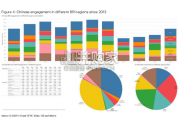
China’s financing and investment spread across 61 BRI countries in 2023 (up...
2024-02-27 30 英文报告下载

Though the risk of AI leading to catastrophe or human extinction had...
2024-02-26 50 英文报告下载
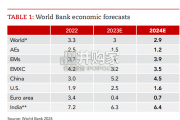
Focusing on the prospects for 2024, global growth is likely to come i...
2024-02-21 95 英文报告下载
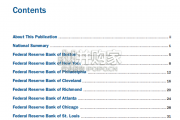
Economic activity declined slightly on average, employment was roughly flat...
2024-02-07 66 英文报告下载
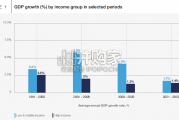
Economic growth can be defned as an increase in the quantity or quali...
2024-02-06 81 英文报告下载
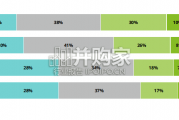
In this initial quarterly survey, 41% of leaders reported their organizatio...
2024-02-05 66 英文报告下载
最新留言